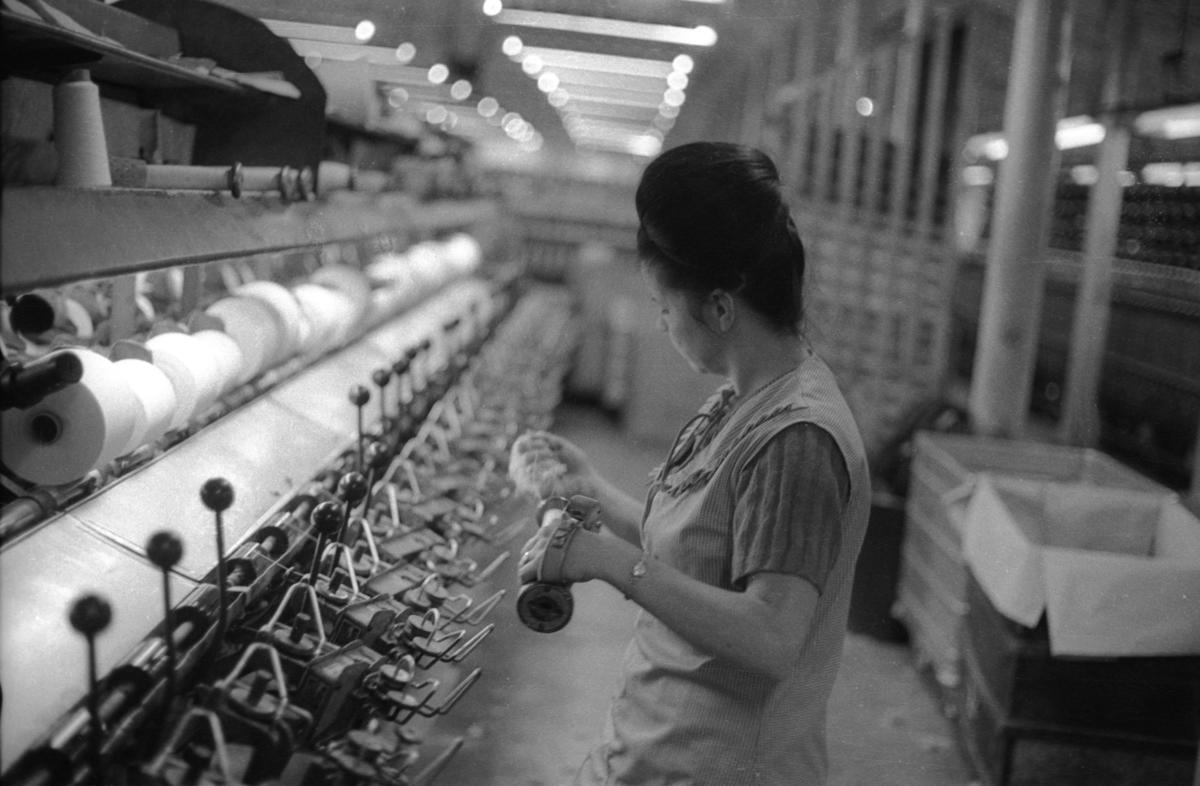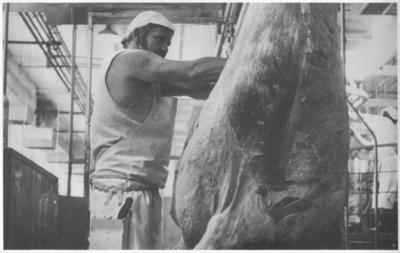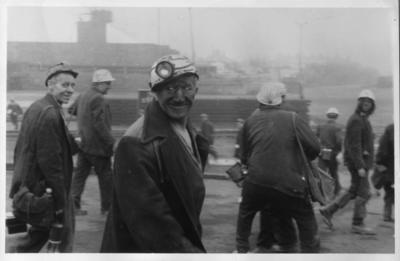A Documentation of Bradford Working Life, UK
-
Darcy Lange
b.1946
d.2005

Title
A Documentation of Bradford Working Life, UK
Details
| Production Date | 1974 |
|---|---|
| Collection(s) | Collection Govett-Brewster Art Gallery, New Plymouth. Purchased from Monica Brewster Bequest with the assistance of the Queen Elizabeth II Arts Council of New Zealand in 1983 |
| Accession Number | 83/1/3 |
| Media | U-matic 3/4" PAL 625 videotape |
About
In 1972 while living in England Darcy Lange began videotaping and filming under the general theme of “people at work” in factories, mines, and schools, developing a body work during the 1970s solely devoted to the documentation of labour. In 1974, Lange conducted studies that documented people performing specific working tasks in four factories in Bradford, England: a steel smelter, a wool milling company, a producer of pistons and piston rings, and a mail-order warehouse. In an attempt to portray a cross section of the Bradford industry, Lange selected with diagrammatic care these four factories — which he termed ‘situations’ — and in each of these, chose to record three to five workmen — whom he termed ‘studies’. A total of 15 studies were grouped in these situations.
Interested in exploring the aesthetic and formal possibilities of photography, film and video, Lange documented his subjects using all three media. Each of the 15 studies was recorded by video takes of 10 minutes each, two takes of 16mm film (of the first and last half-minute of the videotaped study), and one black-and-white still photograph per study. All shared the same composition, with different camera and sound techniques adapted to the rhythm of the work of each subject, alternating between hand-held camera and fixed tripod shots, and between camera and location microphones.
The aim was to show activities that one normally would not see. The use of long, unedited takes gave the impression of observing, as if one was actually there. He aimed at rendering reality with the least intervention, which may explain the use of all three media, simultaneously shot and sharing the same framing, with systematic precision. His intention was to scrutinise, and represent, these work activities and to do so with a degree of objectivity. Lange expressed his intentions, “to convey the image of work — as work, as an occupation, as an activity, as creativity and as a time consumer.”


